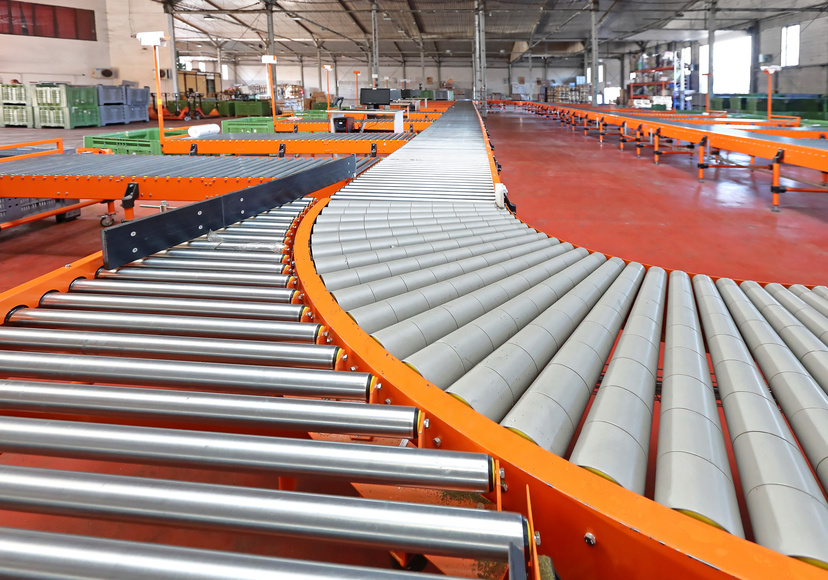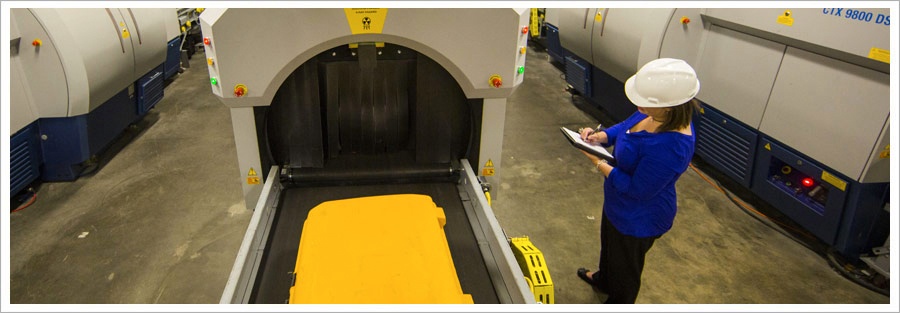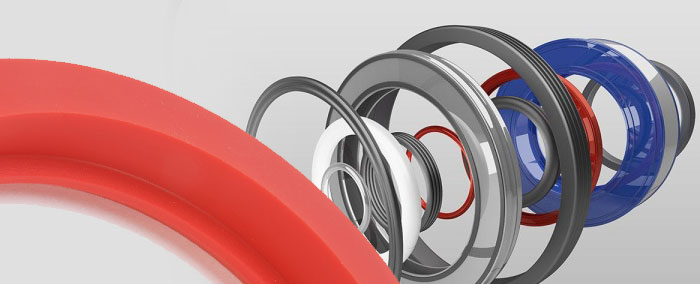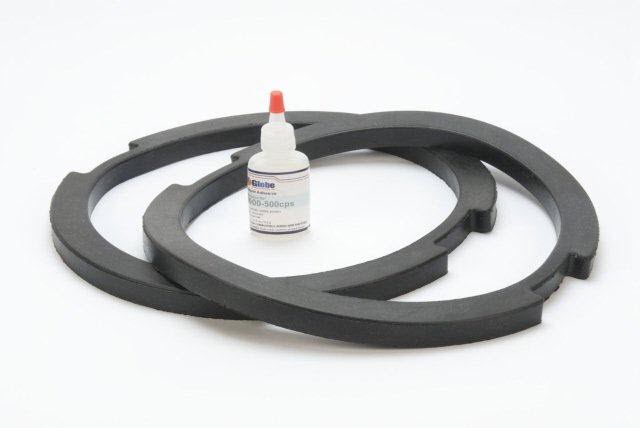As we explored in our recent blog, the industry standard for radiation shielding in X-Ray and C/T scanners is lead-based materials. Any individual responsible for producing, using, maintaining, handling or disposing of lead-based materials and products is at risk. With a better understanding of the debilitating (and potentially fatal) effects of lead exposure, many industries have moved towards lead-free or RoHS compliant materials.
QUICK LINKS
CONTACT INFO
200 Shuman Ave. Stoughton, MA 02072
+1 781-681-6818
info@globecomposite.com
© 2025 Globe Composite Solutions LLC | FAQ | Privacy Policy | Terms & Conditions













